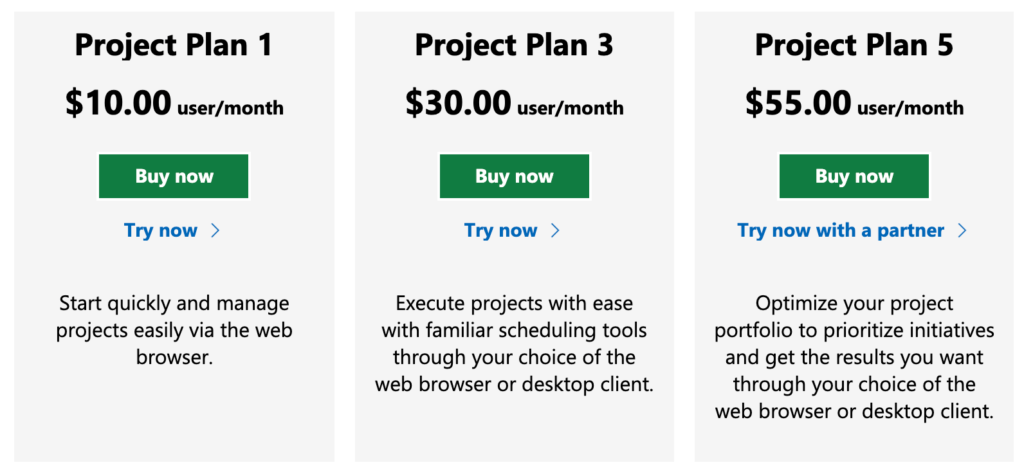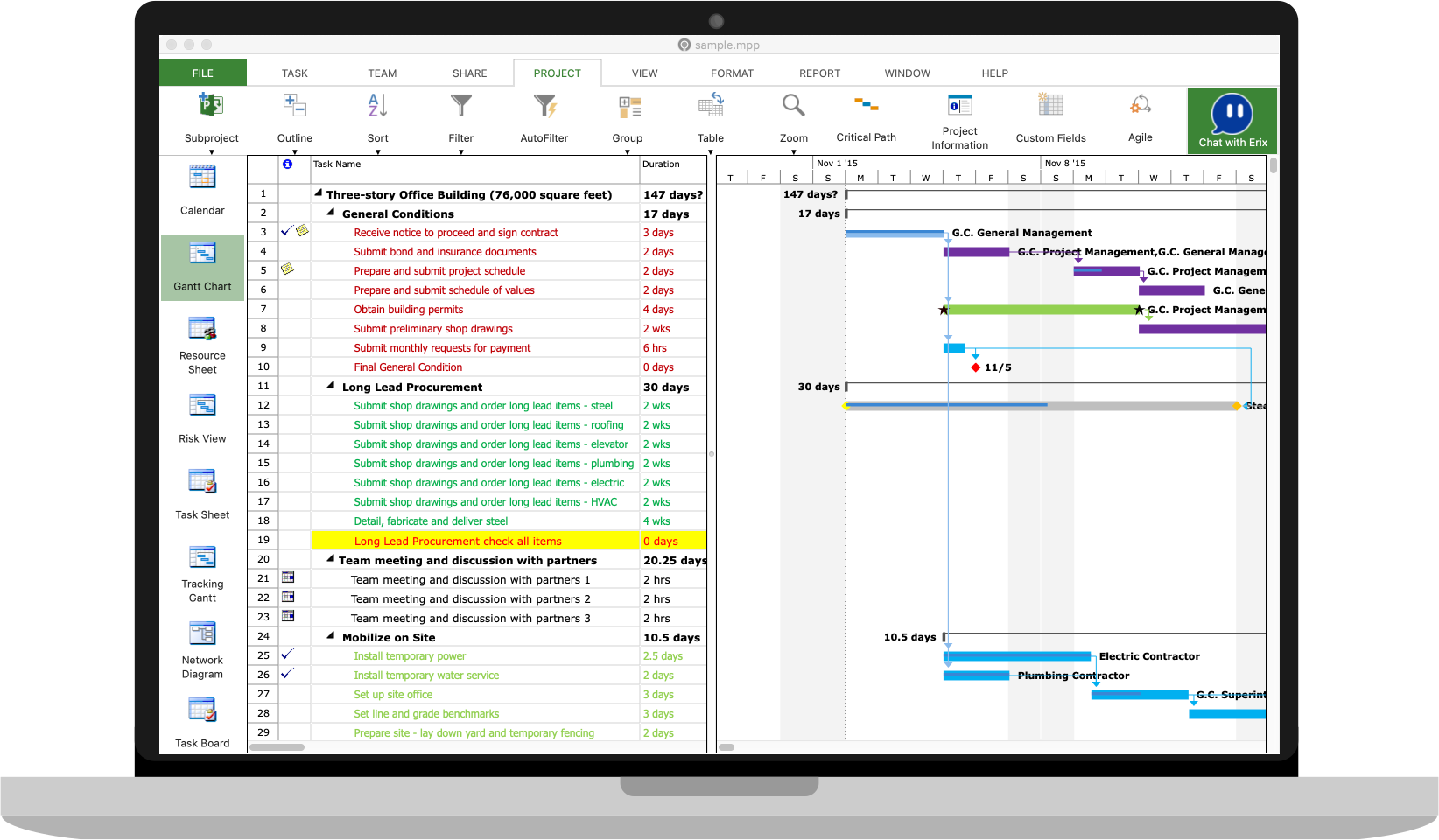

If you need to use Project permission mode, limit your customizations as much as possible. When possible, keep the default SharePoint permission mode for better overall performance. Switching from Project Server permission mode back to SharePoint permission mode deletes your security permissions information from Project Server 2013 and Project Server 2016. If you switch from SharePoint permission mode to classic Project Server permission mode, you have to manually configure your security permissions structure in Project Server 2013 and Project Server 2016. Switching between SharePoint permission mode and Project Server permission mode deletes all security-related settings. If you create hundreds of categories and rely heavily on dynamic permissions via your Resource Breakdown Structure (RBS), it might slow down the end-user experience for users who have access to a lot of content, such as admins and portfolio managers. Project permission mode offers a high degree of customizability, but it can come at a price in terms of performance. By using this mode, you can manage user authorization via regular SharePoint groups and permissions.

New Project Online instances are provisioned in SharePoint permission mode by default, and we are confident this mode will address the needs of the vast majority of customers. The comparison between both modes can be found on Technet. With Project Online and Project Server 2013, we introduced a new and simplified permission model called SharePoint permission mode, as opposed to the legacy Project permission mode. (Some of this information applies to Project Server 2013 and Project Server 2016 as well.) Permission modes: SharePoint or Project Synchronization mechanisms between Project Online and SharePoint Online Let's look at the settings that can potentially have an impact on the overall performance of your Project Web App site. Many elements of a Project Web App site can be configured and customized, from administrative settings to permissions, and from collaboration settings to look-and-feel. Project Online configuration and customization All this information is relevant to Project Online customers and should be consulted in addition to the following best practices specific to Project Online. There is a wealth of information around network planning and performance tuning for SharePoint Online and Office 365. Office 365 and SharePoint Online best practices This article is part of the Network planning and performance tuning for Office 365 project. This article highlights the performance impact and tradeoffs of some of the most common Project Online settings, so you can make informed decisions when it comes to customizing and configuring Project Online. Project Online offers many configuration and customization settings, but customizations can have a performance impact.
#Microsoft project online review software#
With the launch of Project Online a few years ago, organizations of all sizes have been able to use Microsoft's rich set of Project Portfolio Management (PPM) capabilities within the convenience of our Office 365 cloud infrastructure.Īlthough one of the obvious benefits of using a cloud-based service is avoiding having to deal with deployment, setup, and hardware and software tuning, there are still some steps you can take to ensure your organization gets the best performance out of Project Online.


 0 kommentar(er)
0 kommentar(er)
